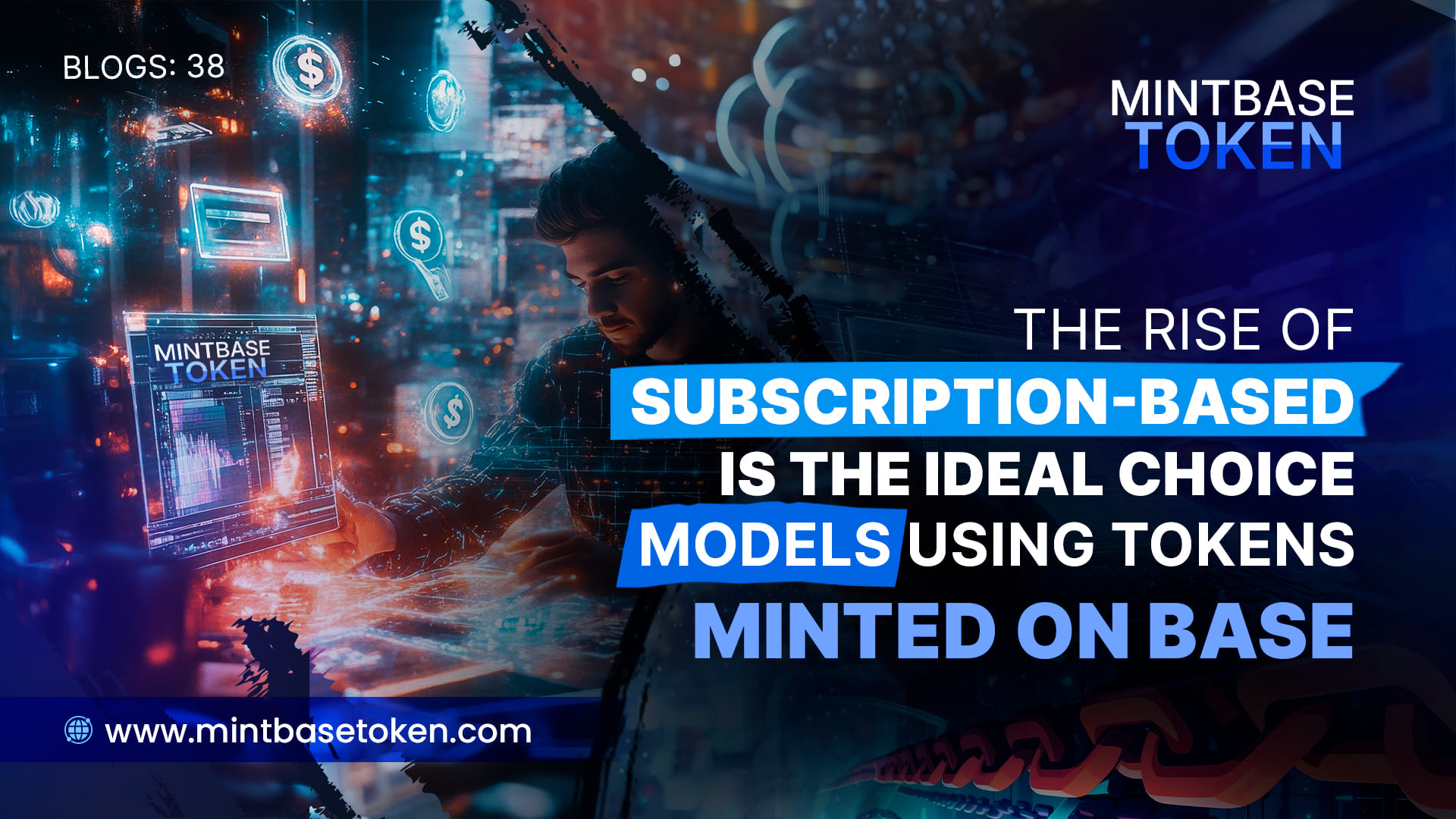March 12, 2025
How Base Blockchain is Enabling Microtransactions with Low-Cost Tokens
Microtransactions—small, low-value payments—are a fundamental part of modern digital economies. From in-game purchases and tipping creators to pay-per-use services and content unlocks, the demand for seamless, low-fee transactions is growing. Base, the Ethereum Layer 2 developed by Coinbase, is perfectly positioned to power this microtransaction revolution with its fast, affordable, and scalable infrastructure.
The Problem with Microtransactions on Ethereum
While Ethereum remains the backbone of Web3, its high gas fees have long made microtransactions impractical. Sending a few cents or even a few dollars in ETH can result in disproportionately high fees, deterring adoption for use cases that require frequent, low-cost transactions.
Why Base Is a Game-Changer
Base offers the same smart contract capabilities as Ethereum but at a fraction of the cost. With significantly lower gas fees and faster confirmation times, Base makes it possible to send, receive, and interact with tokens worth mere cents—unlocking new business models that were previously infeasible on Ethereum mainnet.
Powering New Web3 Use Cases
Microtransactions on Base are already being used in a variety of applications:
- Gaming: Players can buy in-game assets or power-ups without worrying about gas costs.
- Content Monetization: Writers, artists, and influencers can receive small token tips directly from fans.
- Subscription Models: Projects can implement micro-subscriptions or pay-per-access models using Base-based tokens.
Stablecoins and Custom Tokens
Base supports stablecoins and custom low-value tokens that are ideal for microtransactions. These can be integrated into dApps, marketplaces, and creator platforms without adding financial friction for users.
Developer Incentives and Ecosystem Growth
The Base ecosystem actively supports developers building dApps that utilize microtransactions. With tools, funding opportunities, and a growing user base, Base is encouraging the development of sustainable, user-friendly Web3 platforms that rely on high-frequency, low-value interactions.
Conclusion
The future of Web3 isn’t just about billion-dollar protocols—it’s also about empowering the everyday user with practical tools for everyday use. Base blockchain is making microtransactions possible again, enabling creators, developers, and businesses to build for the long tail of the internet economy. With its low fees and Ethereum compatibility, Base is set to be the home of Web3 microtransactions.





